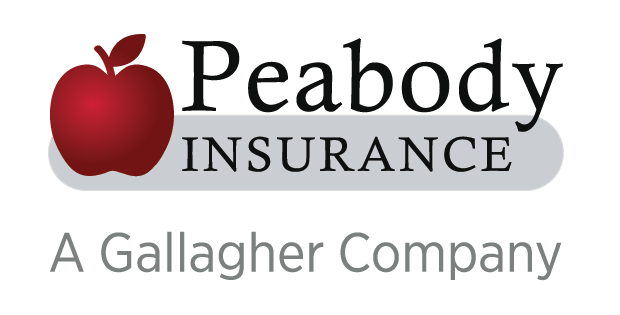Playground Liabilities and Safety
Properties with playground facilities are a valuable amenity for families with children. They give children a designated area to play, allowing parents to feel that their children are somewhere safe. However, playgrounds are commonly the site of many injuries, ranging in severity from minor to serious. As a property manager, you need to balance providing a playground facility that is safe and fun, while making sure to protect against the liability that you’re exposed to by having a playground on your property.
Duty of Care
Some lawsuits related to playground injuries have centered on negligence due to lack of proper supervision. While it is not practical to expect a playground to be monitored every moment children are present, there is an expectation of a reasonable level of adequate supervision. The duty to provide safe play areas and proper supervision should be placed on those responsible for operating playgrounds.
The duty of care owed by a playground operator is the degree of care that a person of ordinary prudence charged with similar duties would exercise in the same circumstances. A public or private landowner has a duty to provide adequate supervision and to maintain the premises and playground surfaces in a reasonably safe condition.
In play areas that are not regularly attended to by a designated supervisor, signs should be posted to communicate common rules for the play area, such as under what age a child must be accompanied by an adult, the hours the playground is open and that glass bottles and alcoholic beverages are prohibited.
Safe Playground Design
Another important liability comes from dangerous or unsafe play equipment. It's important for children to have age-appropriate gear to play on so that they do not injure themselves on improperly sized equipment. When designing a playground for children of all ages, equipment should ideally be separated into three distinct groups: for children under age 2, for 2- to 5-year-olds, and for 5- to 12-year-olds.
Other safety considerations should be taken into account when planning a playground:
- Items with moving parts, such as seesaws and swings, should be located in a separate area and allow for ample space for the moving parts.
- Minimize the number of spaces that could trap a child's head, arms or legs. All openings, such as rungs on a ladder, should be either smaller than 3.5 inches or larger than 9 inches.
- Wooden equipment should not be cracked or splintered. Any cracked or splintered equipment requires immediate attention for repair or replacement.
- Any sandbox areas should be inspected regularly before children use them. Be sure that these areas are covered every night to prevent animal contamination.
-
The selection of safe and age appropriate equipment is just as important as the selection of a safe ground surface for the playground area. Trips, slips and falls will happen and a safe ground surface can reduce the severity of an injury or prevent an injury completely. Concrete, asphalt and blacktop are all extremely hard surfaces and are generally considered unsafe for playground areas. Woodchip ground cover is much softer, but debris hidden in the woodchips, or the woodchips themselves, can cause falls and minor injuries. Rubber mats offer the most stability, especially for younger children, and allows for the easiest wheelchair access. Property managers and maintenance staff should make sure the ground surface stays level and free of debris that could cause children to trip and fall, such as rocks, tree stumps and tree roots.
Protecting Your Risk
Keep informed of the latest in playground safety developments. One of the most authoritative playground safety standards is published by the U.S. Consumer Product Safety Commission in its Handbook for Public Playground Safety. The handbook contains a wealth of information regarding playground surface and equipment hazards. Any playground operator is generally expected to be familiar with these standards, and many states now require that all public playgrounds conform to them.
General liability insurance generally covers claim costs associated with playground incidents, but having a playground facility does increase your risk. Consult Peabody Insurance Agency to make sure your coverage is adequate and protects your risk sufficiently.
